Kerstin Lokrantz
Pioneer in teenage fashion and so much more
Kerstin Lokrantz (1928–2000): the girl who debuted as a fashion model (late 1940s) while still attending Beckmans College of Design, and who later became one of the first Swedish designers to create teenage clothing for Wahls and Martinette. Kerstin continued to design workwear, write books, and create reports for various magazines about repurposing and reusing old clothes and materials, but she also made clothing for film (Amorosa by Mai Zetterling, among others) and TV, hosting her own programs about sewing and altering clothes. The series was based on a book series published in the early 70s titled "Simple Clothes to Sew Yourself," which was released in many countries and became a great success.
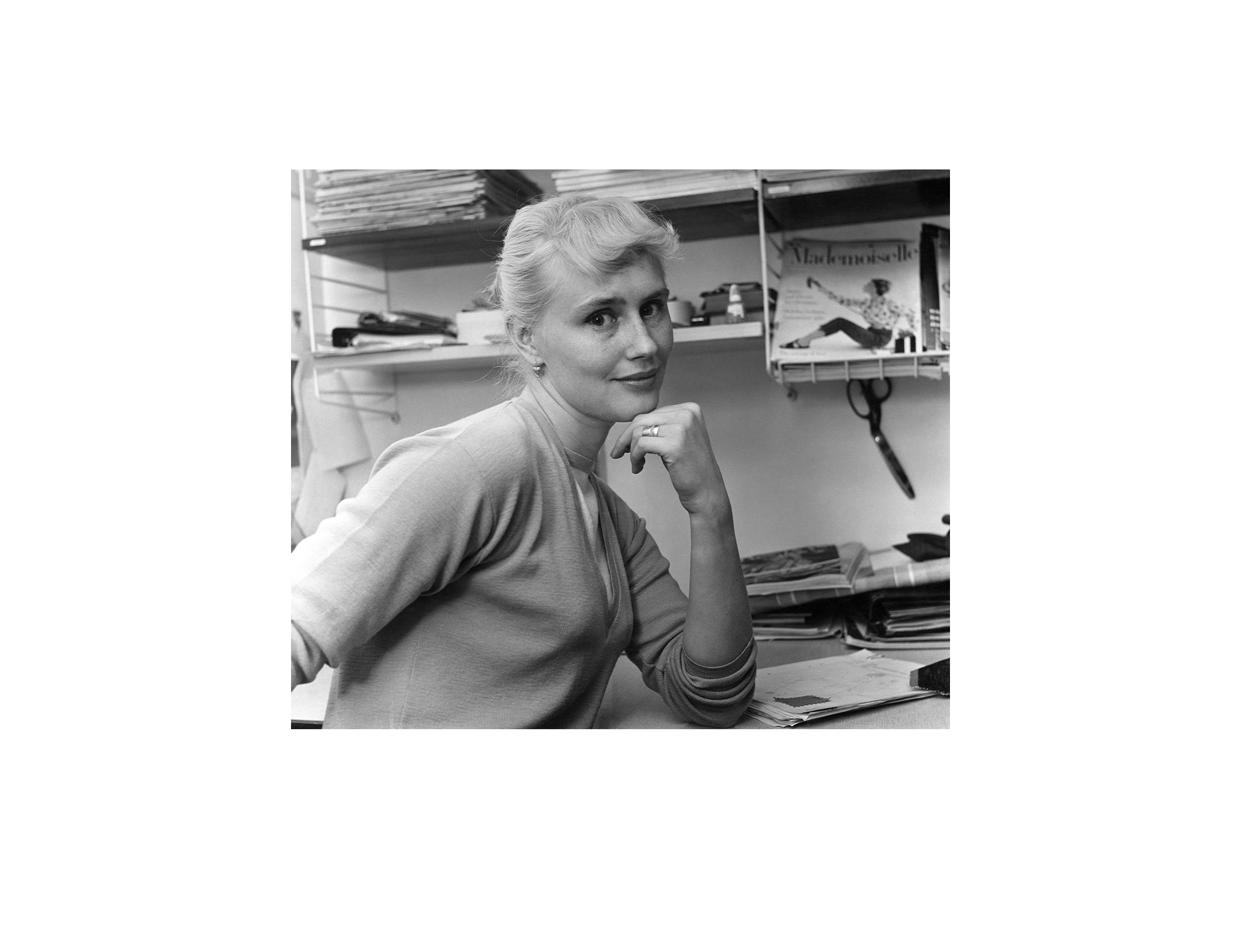
Pioneers of Swedish teenage fashion
There is much to tell about this driven and talented girl, who is an important component of what we call fashion history – because she was a pioneer. Even while attending Beckmans (1945–48), she began working as a fashion model and became one of the first teenage role models around 1948–1950 before she started designing teenage clothes. In 1953, it was a significant breakthrough year for Swedish teenage fashion – that year, Anders Beckman (whose school celebrated its 20th anniversary) awarded a large A in design to three female former students: Kerstin Lokrantz, Gunilla Pontén, and Margareta Westberg.
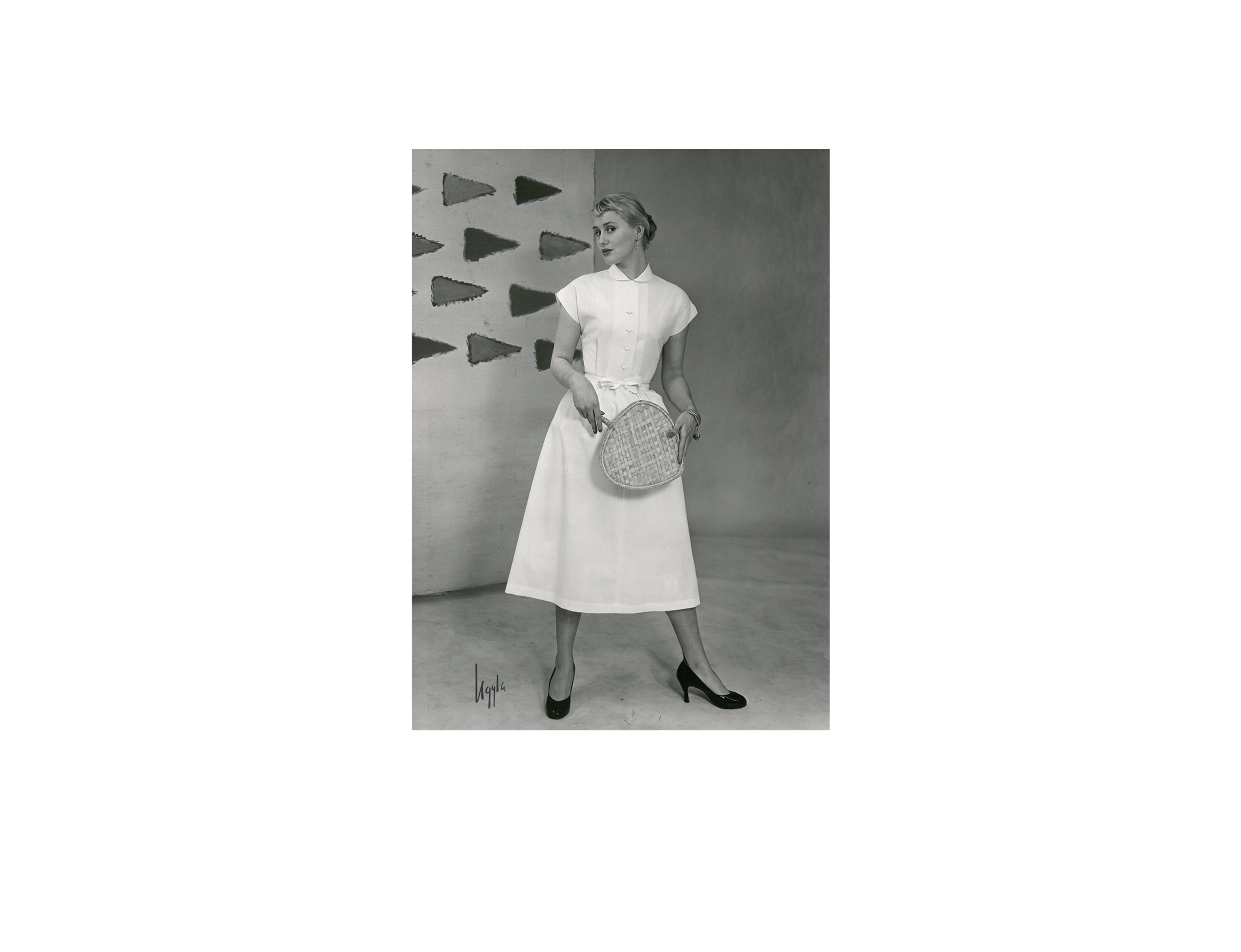
First teenage models and stylists
Kerstin was one of the first teenage models in Sweden, along with Gunilla Pontén, who also designed teenage clothes and served as "her own stylist" during photo shoots.
Indeed, she came up with her own tricks to make clothes "look more fun" – such as painting shoes striped or polka-dotted, carrying a berry-picking basket instead of a handbag, tying a scarf around her neck, and of course wearing her hair in a ponytail instead of a bun. Another trick was to sew special aprons – for example in tulle to make a simple dress a bit festive. Those tricks could certainly be applied today, if only to give a vintage look a more authentic feel. No wonder Kerstin provided various magazines with this type of styling and DIY tips. Additionally, with her own illustrations, as she was also an illustrator.
Kerstin also had a tips column in various weekly magazines.
Text: Lotta Lewenhaupt
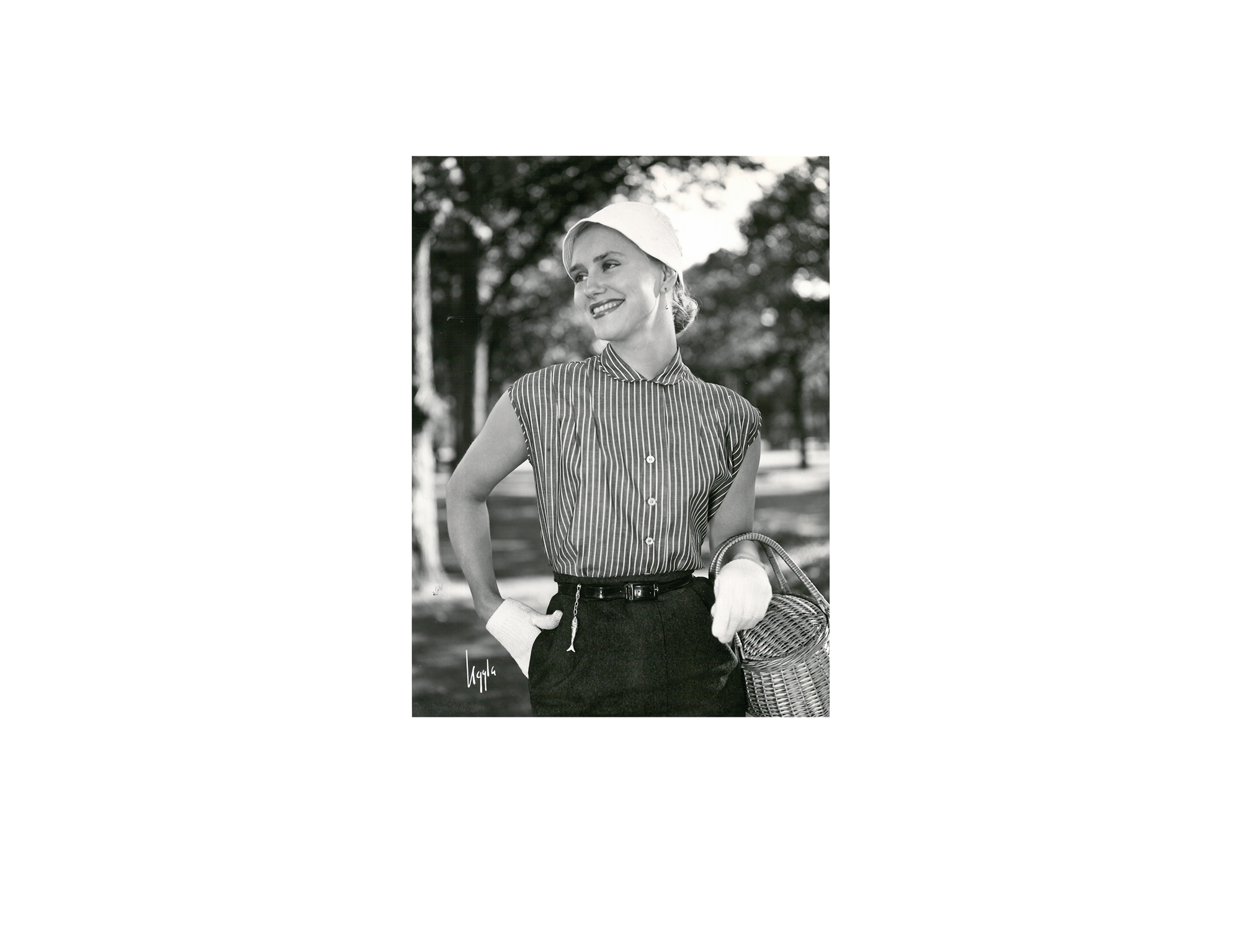
"The teenager" from America
We need to take a big step back to understand teenage fashion. The teenager as a target group was born in the USA in the mid-1940s; it began ideologically at American colleges, where what would later be called the preppy look started, emphasizing how youth favored items like sweatshirts, jeans, sneakers, and bobby socks. After one of Frank Sinatra's concerts (1943), the young female audience dressing in short pleated skirts and thick rolled-down bobby socks with loafers was reported for the first time; the socks are the type of half-stockings worn by tennis players. Kerstin Lokrantz was greatly inspired by American teenage fashion but had her own vision of how it should look; a fine example can be seen in Damernas Värld 1948, where Kerstin poses for Rune Hassner wearing American jeans rolled up to the calf and a white embroidered blouse. (It should also be noted that Levi’s jeans were a novelty at NK in 1948.) It is thus not entirely uninteresting that Swedish magazines, such as Vecko-Revyn, Allers, Bild-Journalen, and Damernas Värld, wrote about teenage fashion and thus engaged young trend-sensitive girls to write tips columns.
Text: Lotta Lewenhaupt
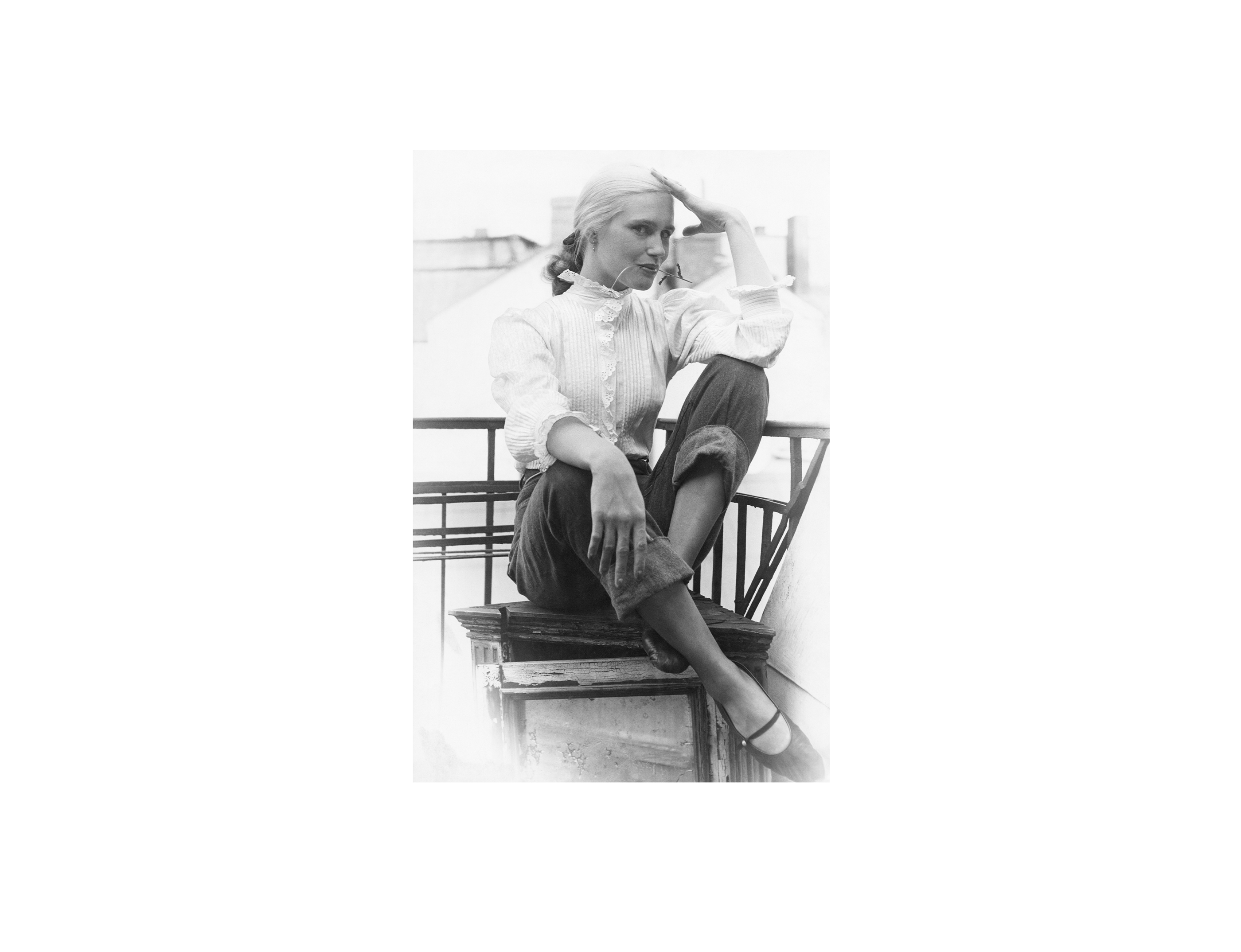
Ivar Wahls 1951–1958
Kerstin started at Wahls around 1951 and created the first teenage garments; the very first she made were confirmation dresses that hadn’t existed in the market before. Since everyone was getting confirmed, it became a huge success.
Another example was a shirt/coats that could easily be transformed with a belt, and another was a black and white dress called “the magpie” which proved that black was indeed a color appealing to “young ladies.”
Kerstin introduced materials like corduroy, cotton poplin, and wool jersey, and launched simple models such as shirt dresses and skirts with pockets and ruffles. Among other things.
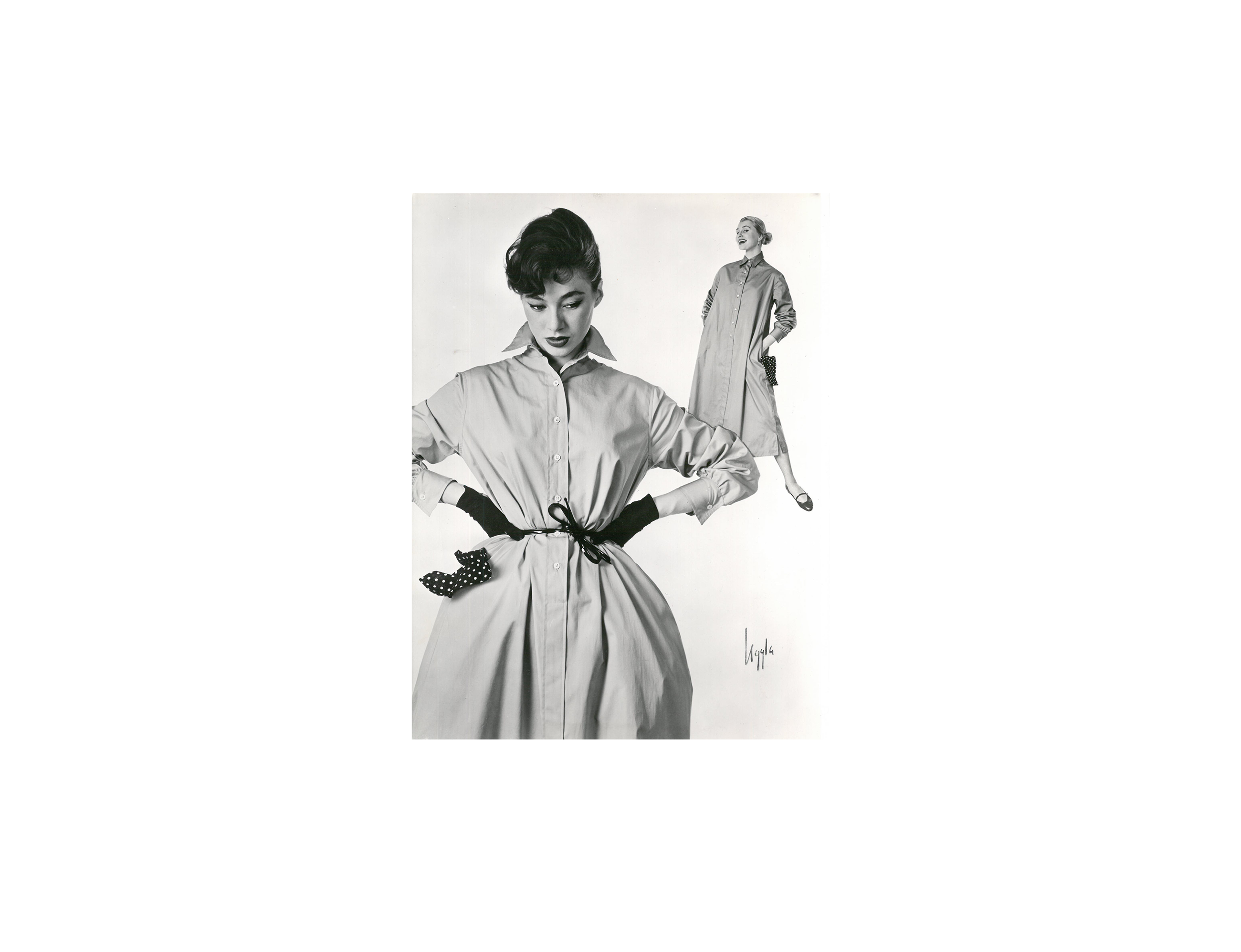
Martinette 1958–1967
One of the first collections Kerstin created for Martinette when she started there in 1958 is a special collection made entirely from Viola Gråsten fabrics, as well as a collection in STOBO fabrics.
In a press release:
"Martinette presents 'The New 20s' in a small special collection made solely from Viola Gråsten fabrics.
These models are aimed at the mature teenager, who fondly chooses a relaxed, baggy style, but also features the occasional chemise or shirt dress. These models will be sold through special advertising formats at Hennes (HM), NK, and Jörnstedts starting April 21.
High summer models in Stobo’s handicraft-based textiles and the season's trendiest color palette. Here, the quality is top-notch cotton.
A few glimpses from the autumn collection, where we have fully invested in a small collection in winter cotton, which we believe is a sweet, fresh, and easy-to-care-for material for teenagers. The color palette is subdued or boldly rich. These dresses are part of a group of 'formal dresses' where the more feminine styles are composed by Ingerlise Skjöldebrand and the more teenage styles by Kerstin Lokrantz.
Other materials in the autumn collection include corduroy velvet in wide and fine-striped qualities, jersey, flannel, various wool qualities, and silk."
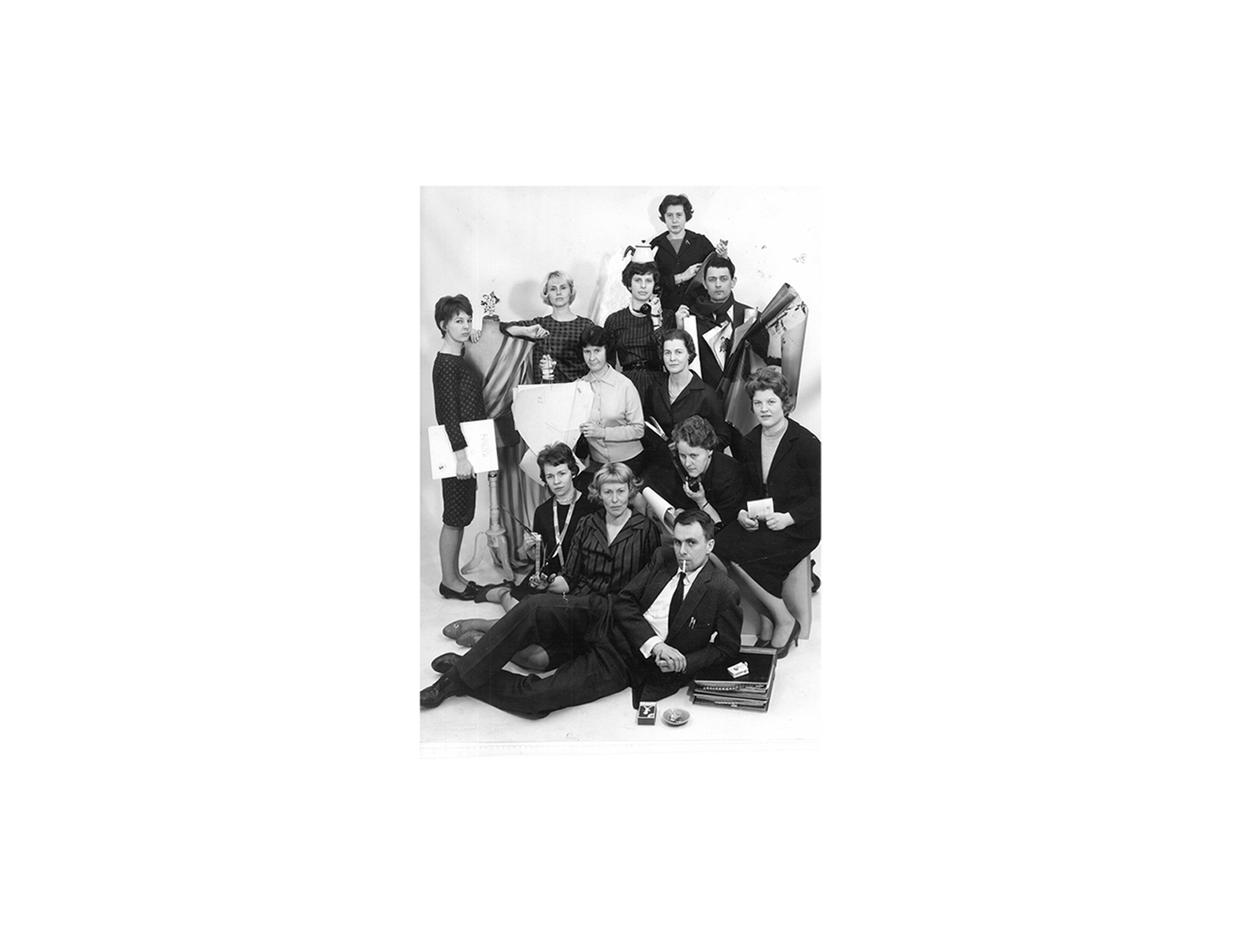
Sahléns 1967–1970
Clothes for the active woman become the theme when Kerstin creates her first collection for Saléns in 1967. The teenage fashion of the past is on the way out, and clothes "for everyone" are making their entrance.
A quote from Damernas Värld about Kerstin and the collection:
"Kerstin Lokrantz's new clothes are designed for all active women, regardless of age! For she wisely believes that age boundaries have blurred, that clothes can be made in such fine lines and stimulating colors that they are youthful and unconventional yet elegantly refined."
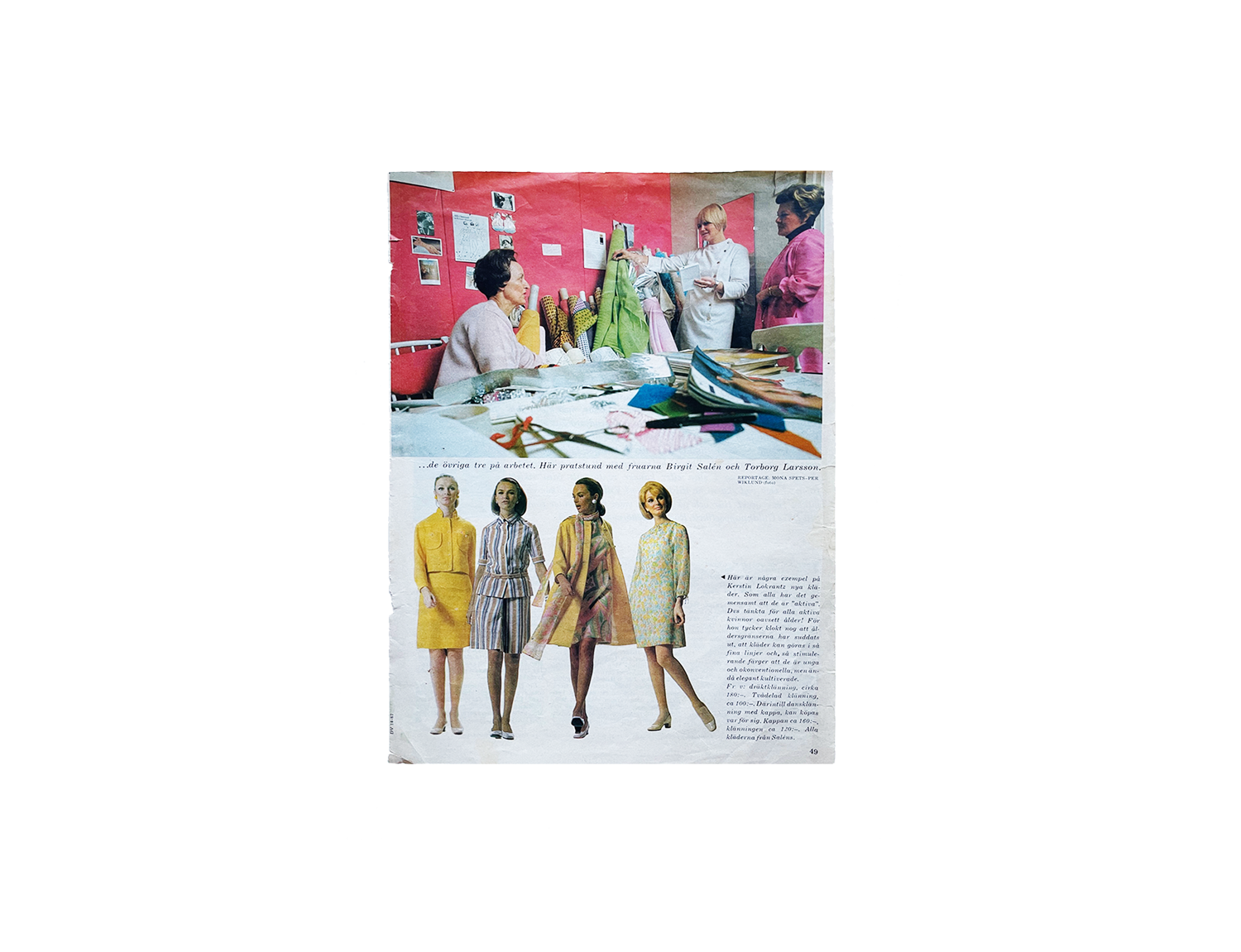
“This dress was made of burgundy corduroy. I thought it was quite ugly but jazzed it up with a black-and-white polka dot handkerchief, gloves, and burgundy low-heeled shoes. You couldn't buy slip-on shoes; only kids had those. I bought leather straps and sewed them onto the shoes, adding a pearl button. And I also had a ponytail, which no other model had.

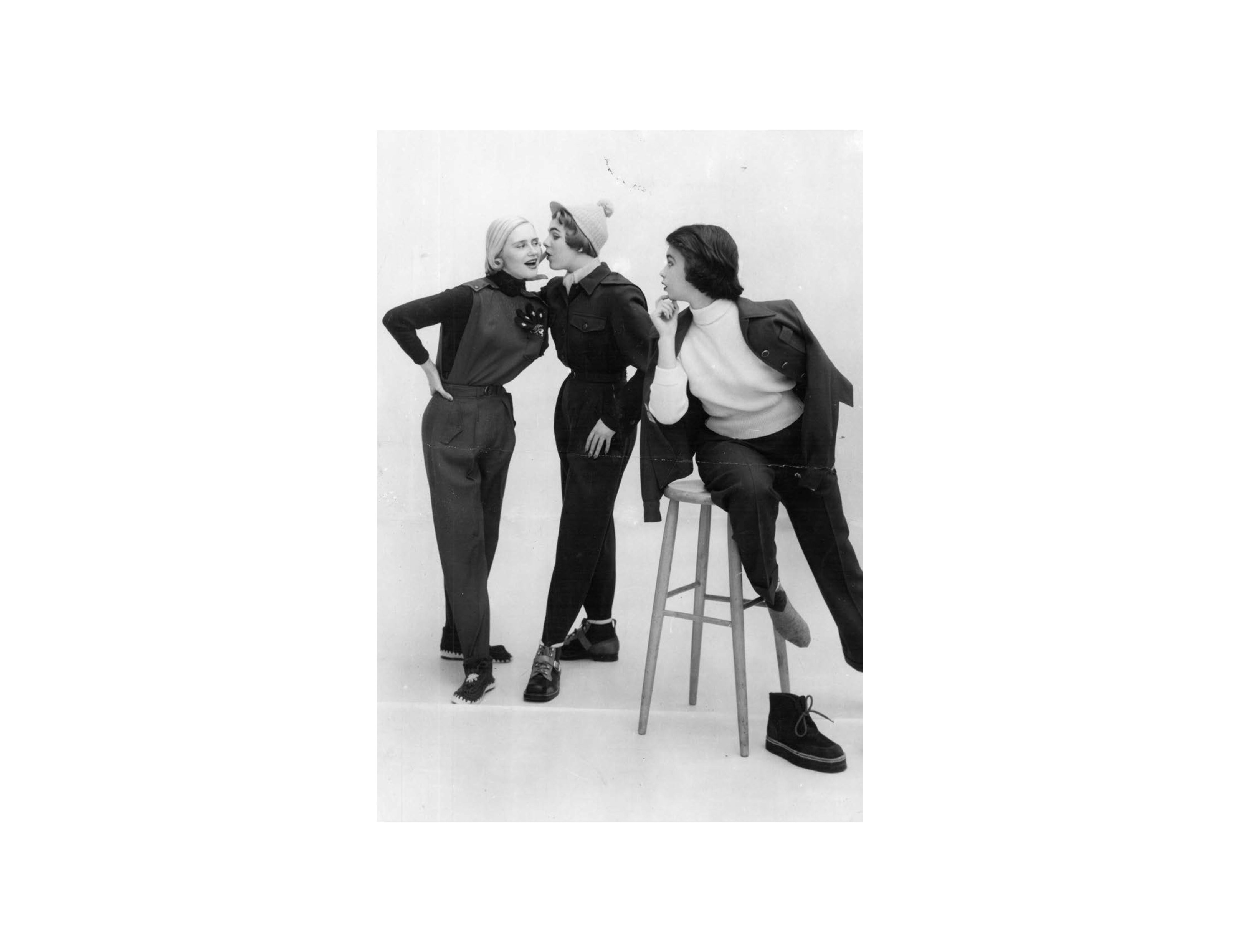
“I remember we disliked the sturdy sports clothes we were photographed in. I worked hard on the hooks at my ears. You curled your hair with hot water and sugar to make it a bit stiff. Homemade curling solution. I had rubber breast forms, which were meant to stick out sharply in all clothes.
